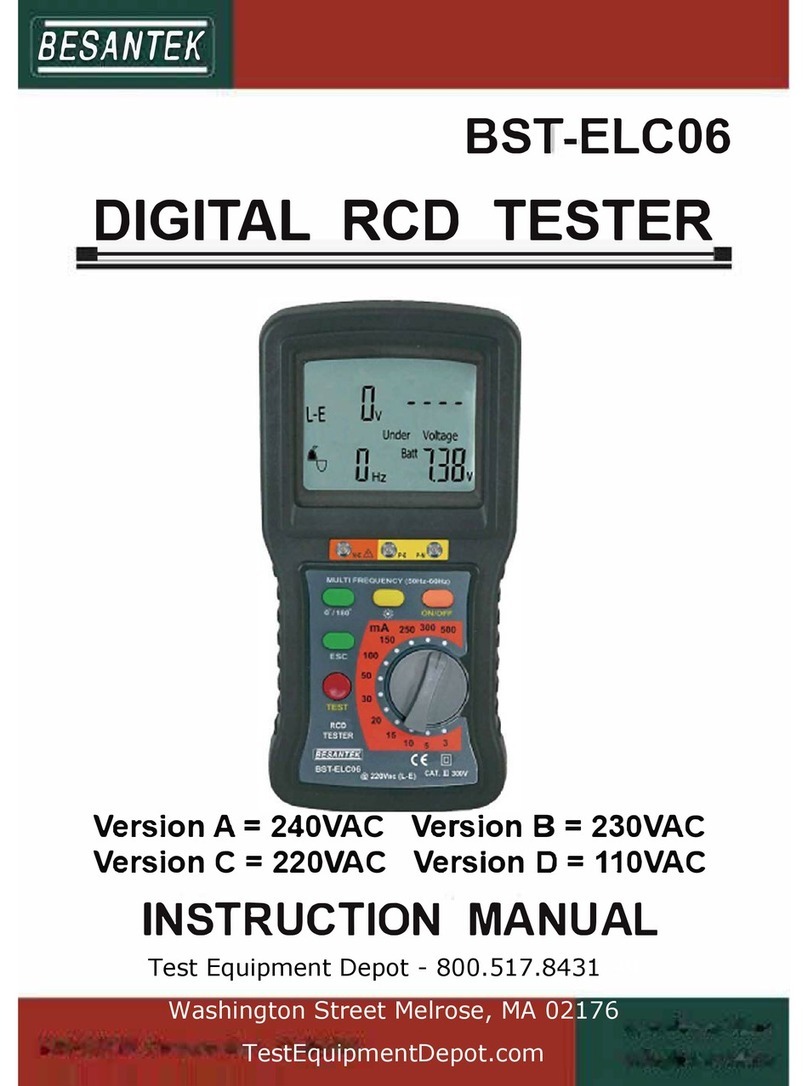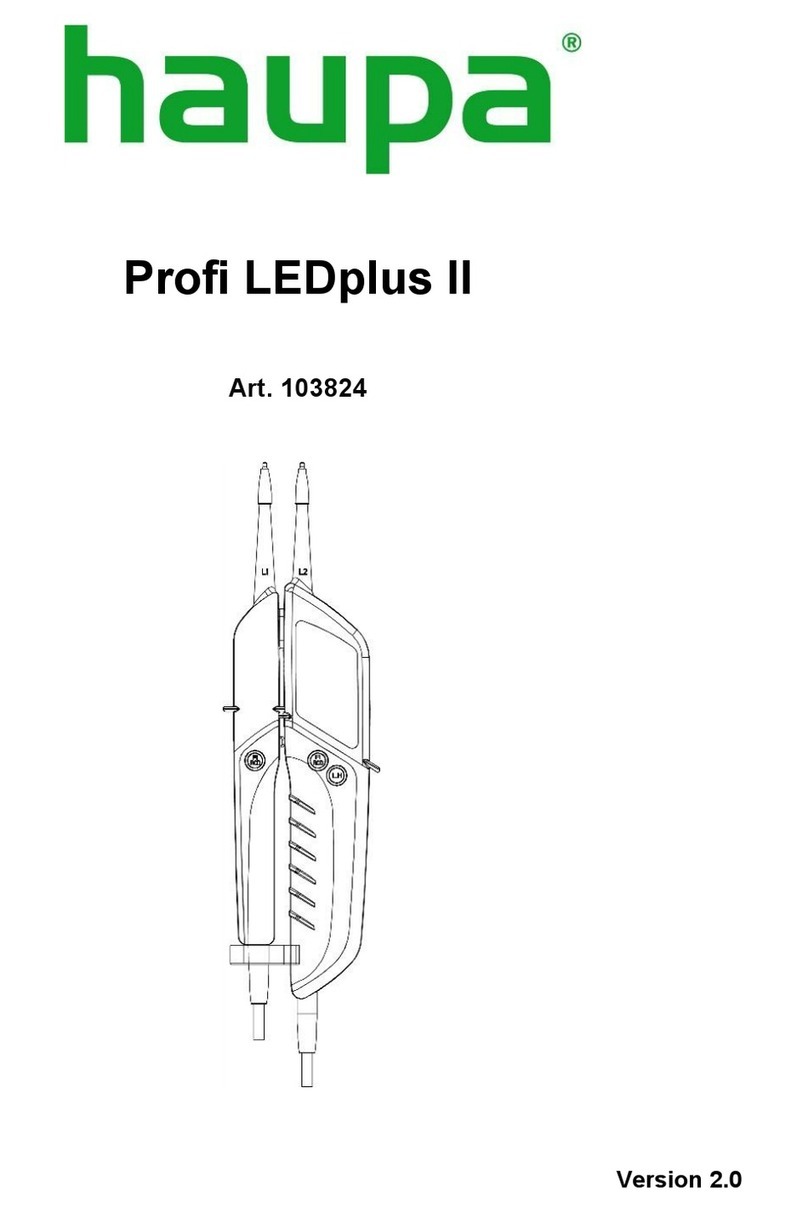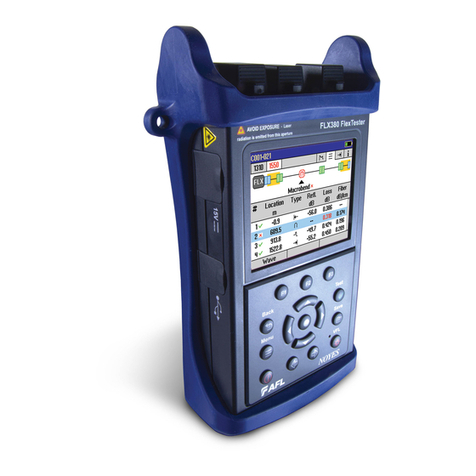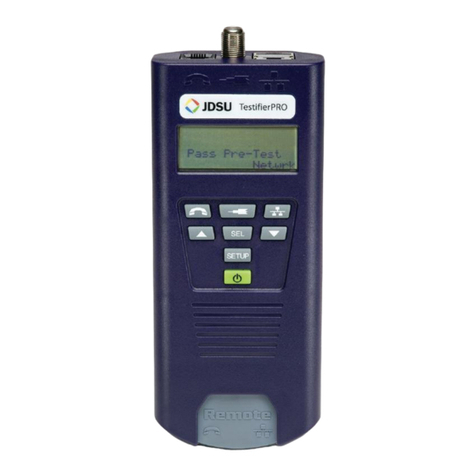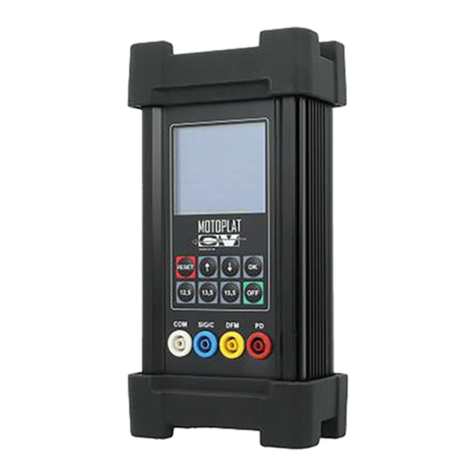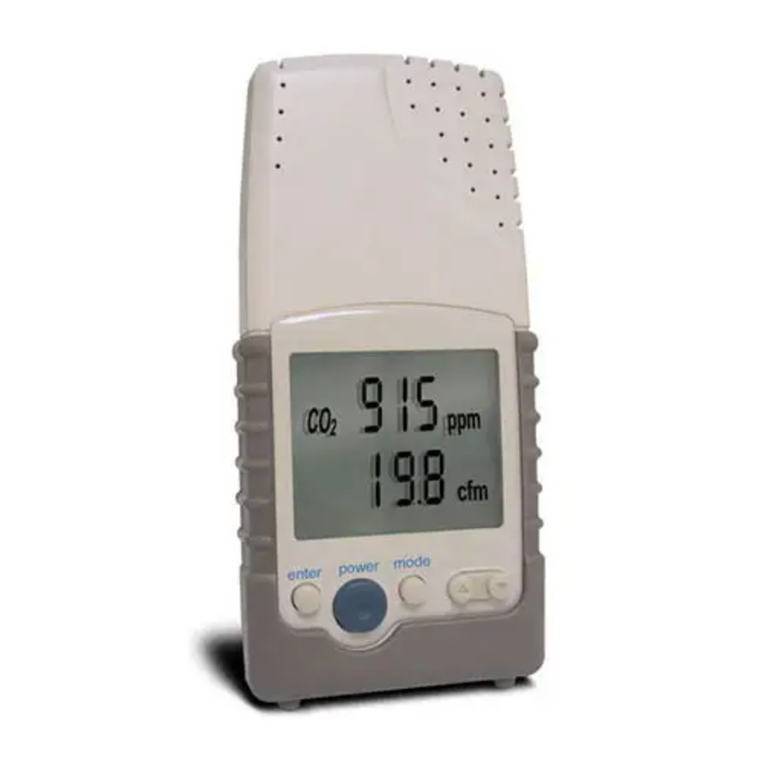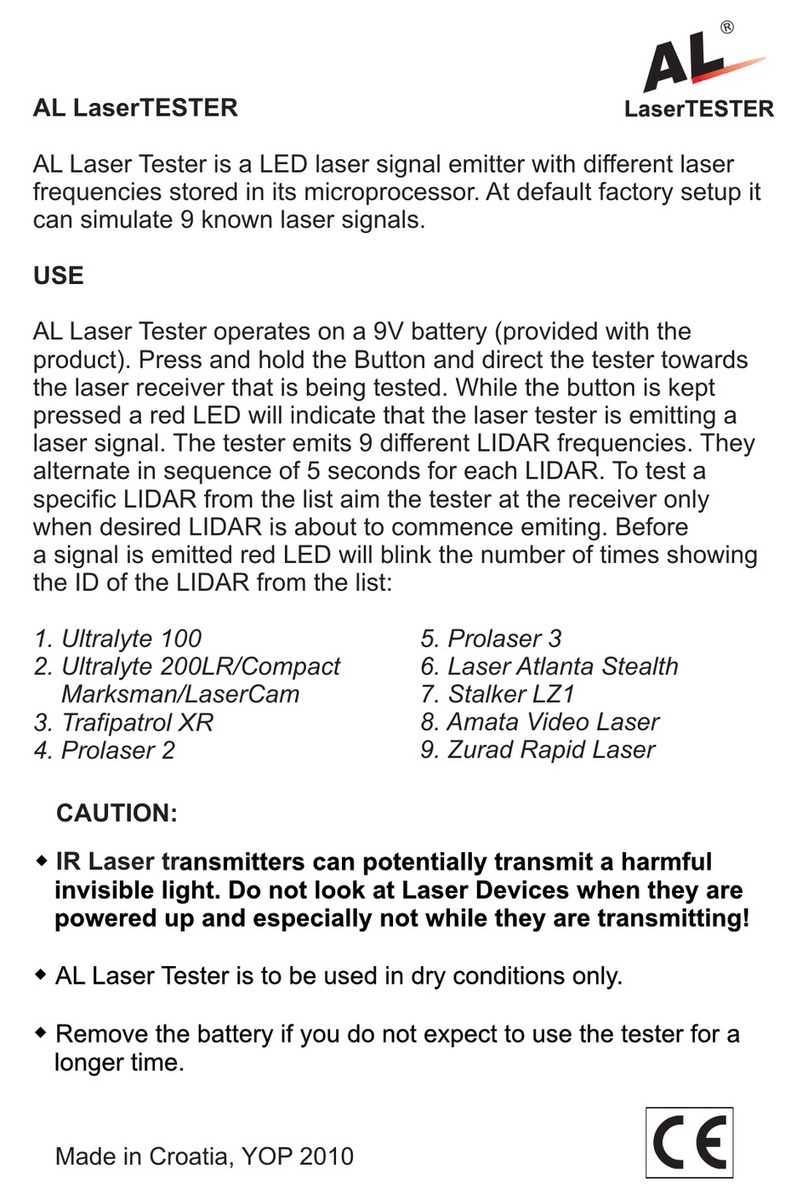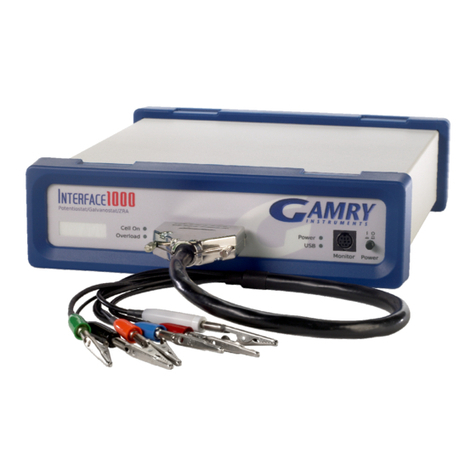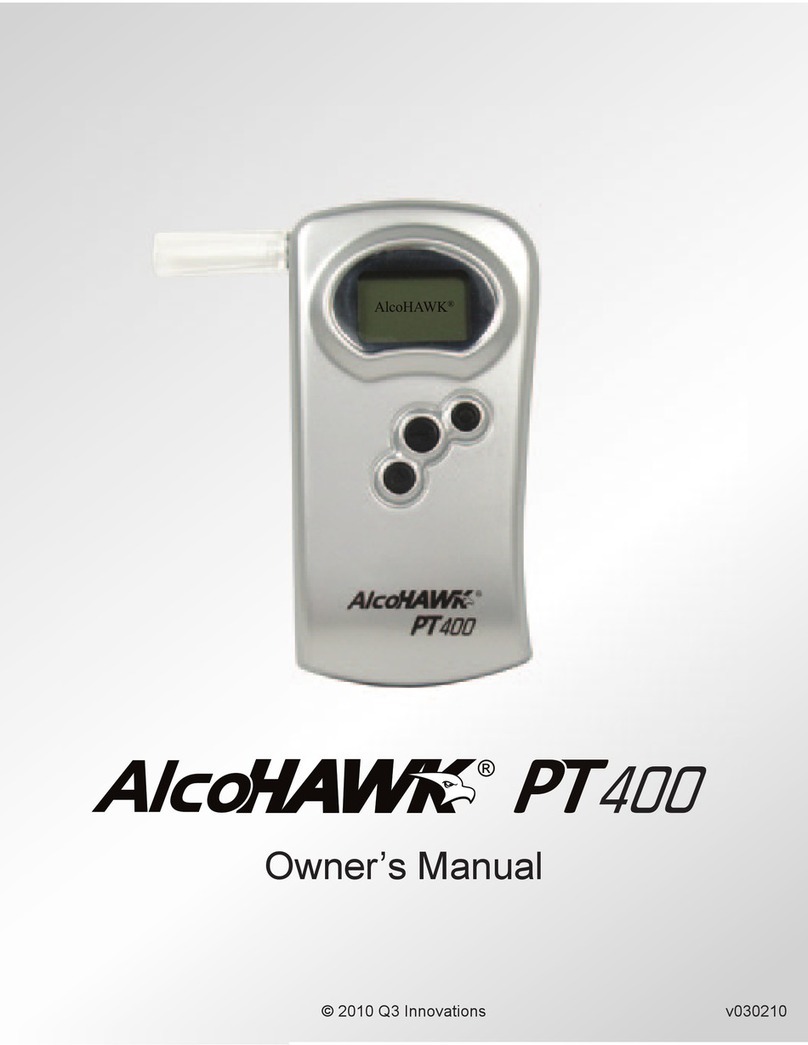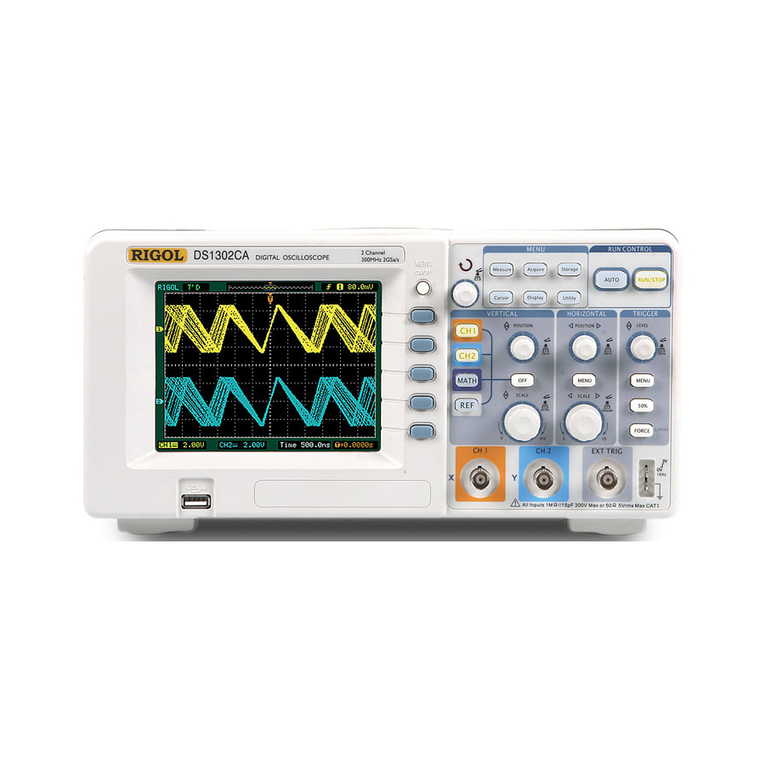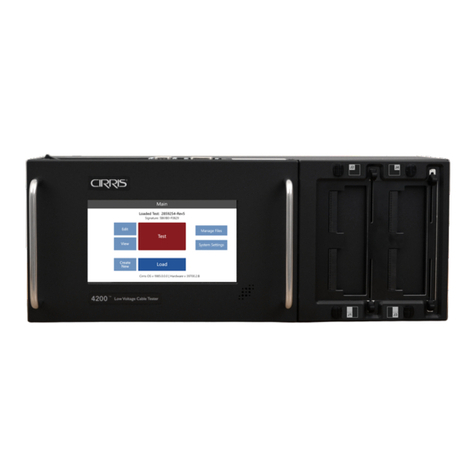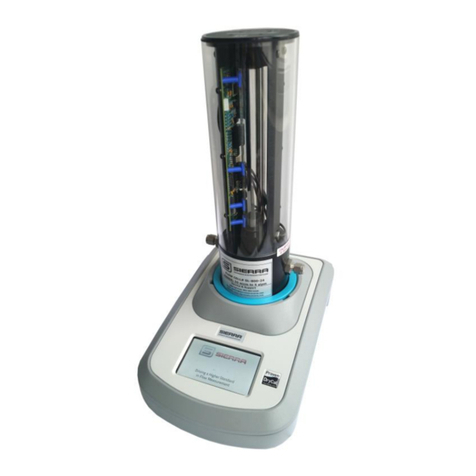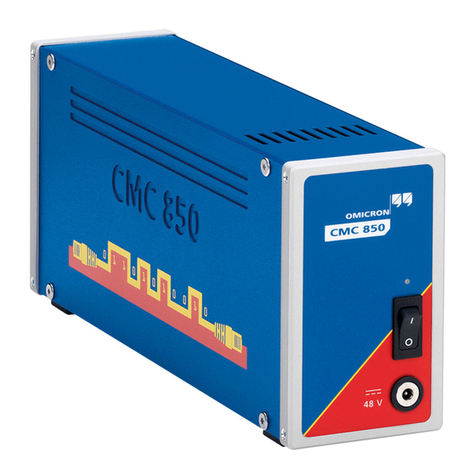Sonotec SONAPHONE E User manual

Ultrasonic Testing Device
SONAPHONE®E
Operating Manual

The contents of the operating manual are the property of
SONOTEC GmbH and protected by copyright. Copying and distribution
in any form, especially as reprint, photomechanical or electronic
reproduction, or in the form of storage in data processing systems or
data networks without the permission of the copyright holder is
prohibited.

SONAPHONE®E
Operating Manual – Revision: 2.4 | 2020-11-17 Page 3 of 66
Table of Content
1Information on this document................................7
1.1 General notes.................................................................. 7
1.2 Symbols used.................................................................. 8
2Safety precautions ..................................................9
2.1 Instructions for your safety .............................................. 9
2.2 Requirements for user qualification ................................. 9
2.3 Instructions on the operating conditions of the
SONAPHONE®E in potentially explosive atmospheres. 10
2.4 General safety instructions for use of the
SONAPHONE®E in potentially explosive atmospheres. 12
2.5 General safety instructions for operating the
SONAPHONE®E .......................................................... 13
3Scope of delivery ..................................................14
3.1 Overview ....................................................................... 14
3.2 Arrangement of devices and accessories in the
transportation case........................................................ 15
4Function description.............................................16
4.1 Designated use ............................................................. 16
4.2 General information....................................................... 17
4.3 SONAPHONE E connections, control- and display
elements........................................................................ 18
5Operation ...............................................................19
5.1 Insert the batteries......................................................... 19
Performing the battery change .................................................19
5.2 Starting up the unit ........................................................ 22
5.3 Battery status indicator .................................................. 22
5.4 General settings ............................................................ 23
Control elements ...................................................................... 23
Volume adjustment................................................................... 24
Storing the test values..............................................................24
“Max” function...........................................................................25
“Hold” function .......................................................................... 26

SONAPHONE®E
Operating Manual – Revision: 2.4 | 2020-11-17 Page 4 of 66
5.5 Main menu .................................................................... 27
Menu structure .........................................................................27
Operation..................................................................................27
5.6 Data logger.................................................................... 28
General information .................................................................. 28
Long-time test...........................................................................29
Single test.................................................................................36
5.7 Test parameters ............................................................ 38
Device reset.............................................................................. 38
Setting the averaging time........................................................38
Setting the tester ...................................................................... 39
Setting the mixer frequency......................................................39
Setting the test mode ...............................................................40
Setting the temperature display ...............................................40
5.8 Settings (Device) ........................................................... 41
Date/Time ................................................................................. 41
Auto Power Off .........................................................................41
Auto Light Off ...........................................................................42
Contrast .................................................................................... 42
Language..................................................................................42
6Using the probes...................................................43
6.1 Air-borne sound probe L60............................................ 43
6.2 Structure-borne sound probe L61 for valve inspection
(oil and water resistant) ................................................. 45
6.3 Structure-borne sound probe L62 for long-time tests
and detection of bearing wear, steam trap testing ......... 46
6.4 Flexible air-borne sound probe L63 ............................... 48
7Using accessories.................................................49
7.1 Telescoping rod............................................................. 49
7.2 Surface temperature sensor .......................................... 50
7.3 Using the grounding kit.................................................. 51
7.4 Connecting ‘additional sensors’ ..................................... 52

SONAPHONE®E
Operating Manual – Revision: 2.4 | 2020-11-17 Page 5 of 66
8PC connection & data transfer.............................53
8.1 Power supply via USB ................................................... 59
9Cleaning.................................................................61
10 Troubleshooting and self-help in case of errors 62
11 Technical specifications.......................................63
12 Warranty ................................................................64

SONAPHONE®E
Operating Manual – Revision: 2.4 | 2020-11-17 Page 6 of 66
(This page has been deliberately left empty)

SONAPHONE®E
Operating Manual – Revision: 2.4 | 2020-11-17 Page 7 of 66
1 Information on this document
1.1 General notes
This manual forms part of the ultrasonic testing device and should
therefore be stored in its immediate vicinity where it can be accessed by
all operators at any time. It contains all the information needed to ensure
proper and efficient use, along with all the instructions to ensure safe
operation of the SONAPHONE. It must therefore be read prior to first use
and before carrying out any further steps.
This document has been created with all due care. SONOTEC does not
assume any guarantee of the completeness, correctness and current
validity of the provided data, and is not liable for errors or omissions.

SONAPHONE®E
Operating Manual – Revision: 2.4 | 2020-11-17 Page 8 of 66
1.2 Symbols used
Hazards or special information are indicated in the following ways:
Warns of imminent threat of danger with very high risk. If not avoided,
it will result in death or serious injury.
Warns of possible imminent danger which, if ignored, may lead to
lasting adverse health effects and/or serious material damages.
Warns of dangers which, if ignored, may lead to injury and/or material
damages – including financial losses due to operational interruptions.
(1) List with more than one safety instruction.
(2) List with more than one safety instruction.
Warns of dangers which, if ignored, may lead to material damage –
including financial losses due to operational interruptions.
Note!
This section provides information or draws attention to specific
features.

SONAPHONE®E
Operating Manual – Revision: 2.4 | 2020-11-17 Page 9 of 66
2 Safety precautions
2.1 Instructions for your safety
The SONAPHONE®E conforms to the best available technology and
safety rules. The manufacturer has made every effort to ensure safe
operation. The device has been tested in the factory and was delivered
in a safe operating condition. The user must ensure that its safe use is
not affected.
The following safety instructions must be complied with when working
with the SONAPHONE®E and its accessory parts.
The handling-related safety information at the start of the individual
operating steps must be observed.
Failure to observe the safety information can lead to serious injury of
personnel, and to the destruction of, or damage to, systems or device
components.
2.2 Requirements for user qualification
Risk of death or severe injury. Incorrect operation of the
SONAPHONE®E and accessories can endanger the explosion
protection or damage the device as well as accessories.
The device may only be used by persons instructed with its use.
The SONAPHONE®E ultrasonic testing device must only be used by
users who have read (in full) and understood the safety instructions as
well as all further instructions in the operating manual.
SONOTEC GmbH accepts no liability for damage, including to third
parties, caused by improper handling of the device.

SONAPHONE®E
Operating Manual – Revision: 2.4 | 2020-11-17 Page 10 of 66
2.3 Instructions on the operating conditions of the
SONAPHONE®E in potentially explosive atmospheres
Risk of death or severe injury. Incorrect operation, damage to the
device as well as damage to accessories can impair the explosion
protection.
(1) The SONAPHONE®E is intended for use in areas where there
is a risk of explosion due to gases, vapors and mists in accordance
with the device marking.
(2) Use is not permitted if there is a risk of explosion due to dust.
(3) The SONAPHONE®E is not approved for use in pits at risk of
firedamp.
(4) Approved for the use in Ex Zone 0 are
●solely the ultrasonic probes L60 and L61 in connection
with the probe extension cable using the grounding kit.
The bringing in and use of the other equipment in zone 0 is explicitly
prohibited.
(5) Approved for the use in Ex Zone 1are
●the SONAPHONE®E and the permitted accessories.
It is prohibited to bring the equipment into Zone 0.
(6) It is prohibited to operate and / or bring
●the transportation case
●the Ultrasonic Transmitter SONAPHONE®T (optional) and
the related accessories as well as
●the Spherical Transmitter SONOSPHERE®
into hazardous areas. These are not approved for this purpose.
(7) The SONAPHONE®E is not suitable for use in strong
electromagnetic fields.
(8) The permissible operating temperature range of the
SONAPHONE®E and the probes is limited to 0 ... 40 °C.
(9) The SONAPHONE®E in conjunction with the temperature
sensor is suitable for measuring surface temperatures of up to 800 °C,
whereby such high temperatures are only encountered outside
potentially explosive areas.

SONAPHONE®E
Operating Manual – Revision: 2.4 | 2020-11-17 Page 11 of 66
The SONAPHONE®E, the surface temperature sensor and the
headphones comply with EPL (Equipment protection level) b.
SONAPHONE® E
II2G Ex ia IIC T4 Gb
The ultrasonic probes L60, L61, L62 and L63 comply with EPL
(Equipment protection level) b for gas group IIC, IIB and IIA.
Ultrasonic probes L60, L61, L62 and L63
II2G Ex ia IIC T4 Gb
In addition, the ultrasonic probes L60 and L61 comply with EPL (Equipment
protection level) ‘a’ for gas groups IIB + IIA. These probes may be taken into
Ex zone 0 (only for group IIA + IIB). They may be temporarily installed in zone
0, taking the gas groups into account. Permanent installation is not permitted.
Ultrasonic probes L60 and L61
II1G Ex ia IIB T4 Ga and II2G Ex ia IIC T4 Gb
Device / Probe
EPL - Gb (zone 1)
EPL - Ga (zone 0)
Gas group Gas group
IIA IIB IIC IIA IIB IIC
SONAPHONE®E
L60 | L61
*
*
L62 | L63
Surface temperature
sensor
Headphones
*short-term, not permanent
Code for marking explosion protected devices
Equipment group
II (aboveground applications)
Category group
2 (high safety, suitable for Ex-Zones 1 and 2)
1 (very high security, suitable for Ex-Zones 0, 1 and 2)
Atmosphere
G (gas, dust, vapors)
Type of protection
ia (intrinsic safety)
Gas group
IIA (less ignitable) ··· IIB ··· IIC (easy to ignite)
Temperature class T4 Minimum ignition temperature of the atmosphere 135°C
EPL (Equipment
protection level)
Explosive gas atmosphere areas: Ga (Zone 0) / Gb (Zone 1)

SONAPHONE®E
Operating Manual – Revision: 2.4 | 2020-11-17 Page 12 of 66
2.4 General safety instructions for use of the
SONAPHONE®E in potentially explosive atmospheres
Risk of death or severe injury. Incorrect operation, damage to the
device as well as damage to accessories can impair the explosion
protection.
(1) Connect solely the supplied accessories to the
SONAPHONE®E: Headphones, surface temperature sensor,
ultrasonic probes, probe accessories and telescopic rod.
(2) Other probes / sensors – hereinafter referred to as 'Additional
sensors' – are only permitted to be connected to the SONAPHONE®E
if all defined conditions are met.
(3) Only those sensors which are offered by SONOTEC®as
accessories are permitted to be used as 'additional sensors'. If the
‘additional sensor’ is connected, the complete device set must only be
used in zones 1 and 2. The protection level drops to ib.
(4) Connection and operation of the USB interface in hazardous
areas is prohibited.
(5) Always observe the ambient conditions specified in the chapter
'Technical specifications'. It is forbidden to exceed or fall below the
specified limits – even for a short time.
(6) Protect the SONAPHONE®E from penetrating moisture.
(7) Prevent under all circumstances any friction and impact sparks
that could occur, for example, when the probes made of light metal
alloy are dropped.
(8) Prevent electrostatic charges on plastic parts of the device
technology. Plastic case, handles, probe accessories, cables and
coatings must never be rubbed against each other or other objects.
(9) Never open the battery compartment of the SONAPHONE®E
in a potentially explosive area and never when it is switched on or with
an active USB connection.

SONAPHONE®E
Operating Manual – Revision: 2.4 | 2020-11-17 Page 13 of 66
(10) Never open the housing of the SONAPHONE®E or its
accessories and never carry out unauthorized repairs. Repairs must
solely be carried out by the manufacturer.
(11) Any kind of conversion or modification of the hardware and
software of the device, probes or accessories is prohibited.
(12) If there is any malfunction or damage, or if there is a suspicion
that the device technology is no longer functioning properly, take it out
of operation immediately and remove it as soon as possible from the
hazardous area.
2.5 General safety instructions for operating the
SONAPHONE®E
Risk of death or severe injury. Incorrect operation, damage to the
device as well as damage to accessories can impair the explosion
protection.
(1) Ensure that you always have a clear view of the
SONAPHONE®E and the probes while working.
(2) Never work with the probes or the telescopic rod in the vicinity
of exposed live parts or without visual contact in areas unknown to you.
(3) Keep a sufficient safety distance when locating ultrasonic
signals on electrical installations. Prevent electrical flashovers.
(4) Use the carrying strap when using stairs, ladders, platforms etc.
so that you can use your hands to secure yourself.
(5) Protect the SONAPHONE®E, the probes and all accessories
from damage. They have a stable housing construction, but strong
mechanical stresses or impact loads must still be prevented.

SONAPHONE®E
Operating Manual – Revision: 2.4 | 2020-11-17 Page 14 of 66
3 Scope of delivery
3.1 Overview
SONAPHONE®E testing device for use in potentially explosive
atmospheres *
Probes for the use in potentially explosive atmospheres:**
• Airborne sound probe L60
• Structure-borne sound probe L61
• Structure-borne sound probe L62 with stainless steel tip
• Flexible airborne sound probe L63
Accessories for the use in potentially explosive atmospheres: **
• Headphones (with high sound attenuation)
• Carrying strap for the SONAPHONE®E
• Grounding kit for probes L60 and L61
• Probe extension cable 30 cm
• Directional tube with tip (Attachment for airborne sound probe L60)
• Acoustical horn (Attachment for airborne sound probe L60)
• Surface temperature sensor (Tmax = 800 °C)
• Extension cable for the surface temperature sensor
• Aluminum telescope bar
• Operating manual
Additional accessories (for use outside potentially explosive
atmospheres): **
• Hexagon socket wrench SW3
• PC Software SONAPHONE®E Communicator
• USB cable
• Transportation case
*) After adaptation of the housing materials the prescribed leather bag
is no longer required for devices marked with Mod. B (see type plate).
**) Please do notice, that the scope of delivery varies according to your order.

SONAPHONE®E
Operating Manual – Revision: 2.4 | 2020-11-17 Page 15 of 66
3.2 Arrangement of devices and accessories in the
transportation case
1
Directional tube with tip
2
Carrying strap
3
Flexible airborne sound probe
L63
4
Surface temperature sensor
5
Air-borne sound probe L60 with
probe extension cable
6
Extension cable for the
temperature sensor
7
SONAPHONE®E
8
Hexagon socket wrench
9
Headphones
10
Structure-born
e sound probe L62
11
Structure-borne sound probe L61
12
Operating manual
12
1
2
3
4
5
6
7
9
10
11
8

SONAPHONE®E
Operating Manual – Revision: 2.4 | 2020-11-17 Page 16 of 66
4 Function description
4.1 Designated use
The SONAPHONE®E is used for the detection, recording and evaluation
of ultrasonic signals.
The testing device is a battery-powered, mobile hand-held unit. Various
probes, which are connected to the testing device either directly or via a
cable, serve to detect the ultrasound. The probe type is automatically
recognized by the SONAPHONE®E by means of probe coding. The
surface temperature sensor (thermocouple type K, NiCr-Ni) with circular
plug-in connector is used for temperature measurement (optional). It can
be extended with the appropriate extension cable.
Any use other than the intended one is prohibited and can lead to
personal injury or damage to property. SONOTEC GmbH is not liable for
damages, also not to third parties, which are caused by improper handling
of the device and accessories.

SONAPHONE®E
Operating Manual – Revision: 2.4 | 2020-11-17 Page 17 of 66
4.2 General information
Ultrasound is generated due to friction caused by the flow of gases,
liquids and solids in pipes and leakages. These ultrasonic signals are
recorded by the SONAPHONE®E, their intensity is shown on the display
screen and made audible through speaker or headphones. As an option,
surface temperatures can be measured with a temperature sensor. The
recorded data can be stored and transmitted to a computer using the
integrated USB interface outside potentially explosive atmospheres.
Ultrasound can be generated in a wide variety of processes, for example:
• at leaks in compressed air, steam and vacuum systems
• at steam traps
• on leaking valves, gate valves, shut-off valves or taps in pipe systems
• from roller bearing damages
• from cavitation at pumps and compressors
• from flash-overs and corona discharges on electrical installations
Using the SONAPHONE®E, it is possible to locate precisely the defects
and estimate their magnitude.
Tightness testing (outside potentially explosive areas)
The ultrasonic transmitter SONAPHONE®T (optional accessory) can be
used to detect leaky spots in vehicles, freight containers, other types of
containers and ventilation technique systems where no ultrasound is
generated. The transmitter generates ultrasonic waves which emerge at
the leaks. The precise location is determined externally using the
SONAPHONE®E.

SONAPHONE®E
Operating Manual – Revision: 2.4 | 2020-11-17 Page 18 of 66
4.3 SONAPHONE E connections, control- and display
elements
Battery compartment lid
USB interface
ON/OFF button
Function buttons „F1-F3“
Ultrasonic-probe connector
Fastener for
carrying shoulder
strap
Surface temperature sensor
connector
Display
Rotary knob with
integrated push button
LIGHT button
Integrated
speaker
Headphone connector
Locking screw of
battery compartment lid

SONAPHONE®E
Operating Manual – Revision: 2.4 | 2020-11-17 Page 19 of 66
5 Operation
5.1 Insert the batteries
Death or serious injury possible. Incorrect operation, damage to the
device as well as damage to accessories can impair the explosion
protection.
(1) Never open the battery cover in a hazardous area. Never
change the batteries in a hazardous area, with an active USB
connection or when the power is on.
(2) Only the following battery types (alkaline primary cells) are
permitted for operation of the SONAPHONE®E:
●Varta High Energy 4906 MN1500
●Duracell Plus MN1500
(3) Always observe the installation position (engraved) on the
battery block regarding the polarity of the batteries.
Performing the battery change
Leave the hazardous area, disconnect the USB connection if
necessary and switch off the device.
1. Remove the carrying strap from the battery compartment cover.
2. Hold the battery block and the device firmly in your hand (see
photo below). Turn the locking screw of the battery compartment
back to the stop using the hexagon socket wrench. The battery
block moves in the direction of the locking screw.

SONAPHONE®E
Operating Manual – Revision: 2.4 | 2020-11-17 Page 20 of 66
3. Press down the battery compartment and pull it out of the unit.
Other manuals for SONAPHONE E
1
Table of contents
Other Sonotec Test Equipment manuals
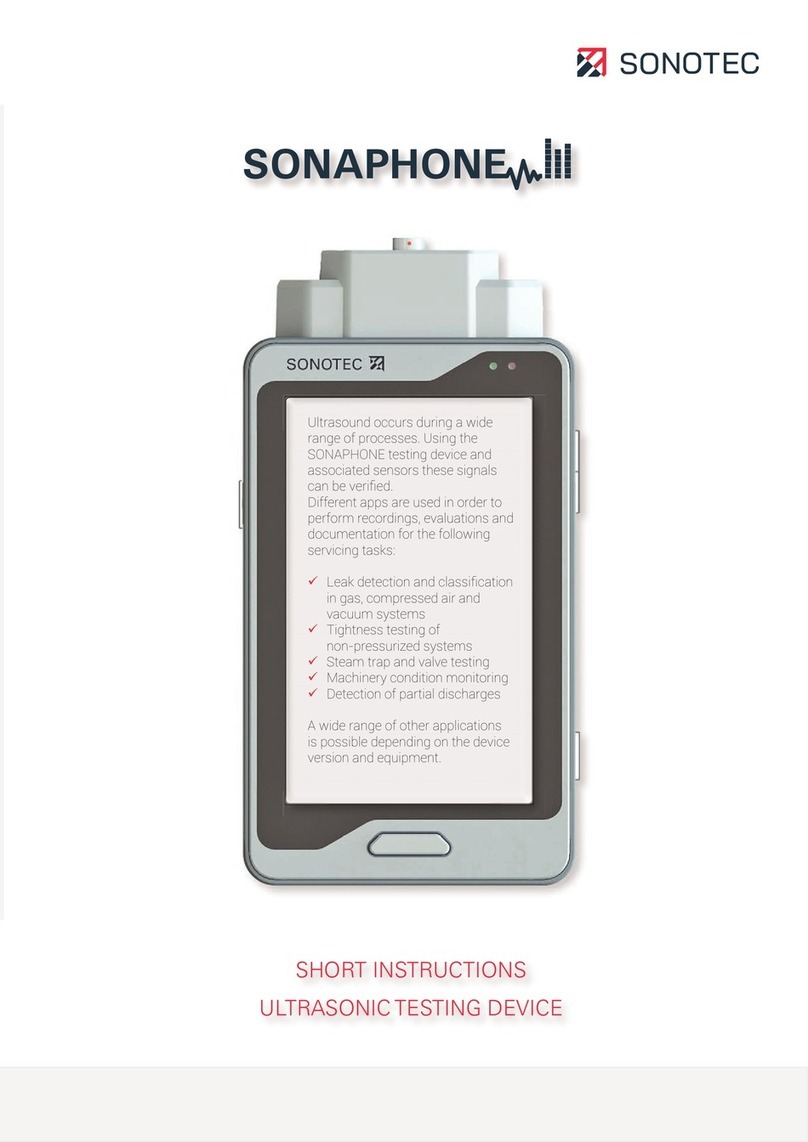
Sonotec
Sonotec Sonaphone Manual

Sonotec
Sonotec Airborne Sound Sensor BS10 Operator's manual
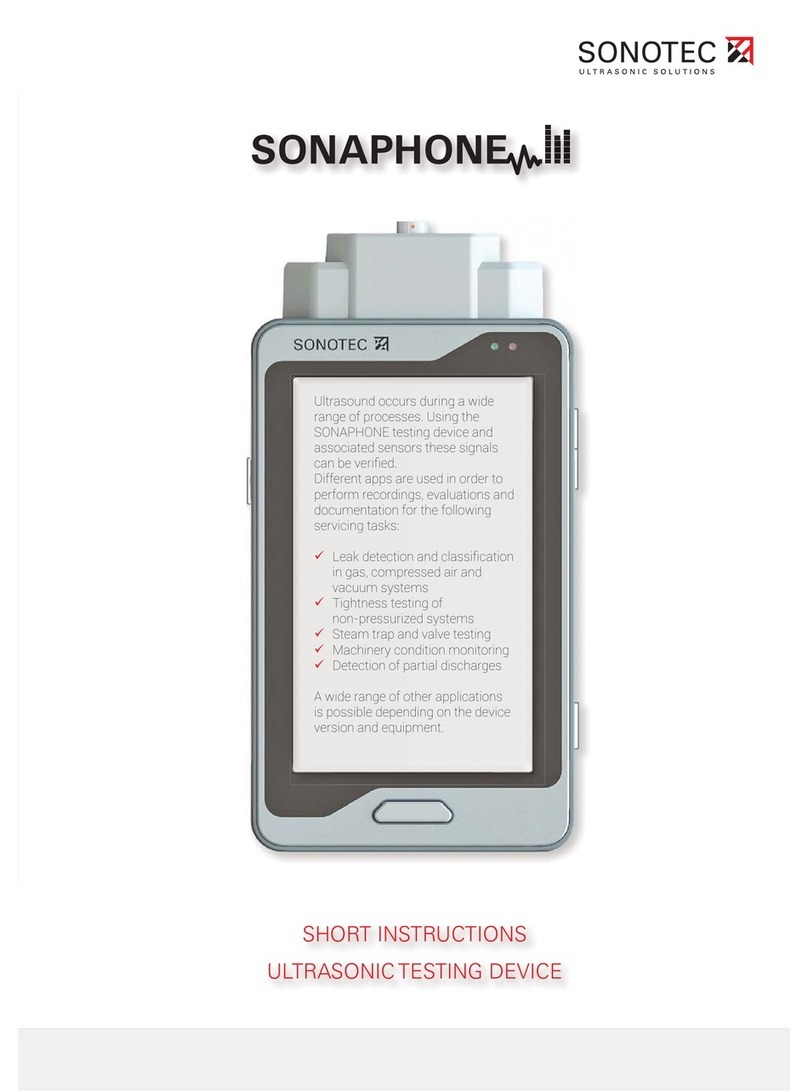
Sonotec
Sonotec Sonaphone Manual
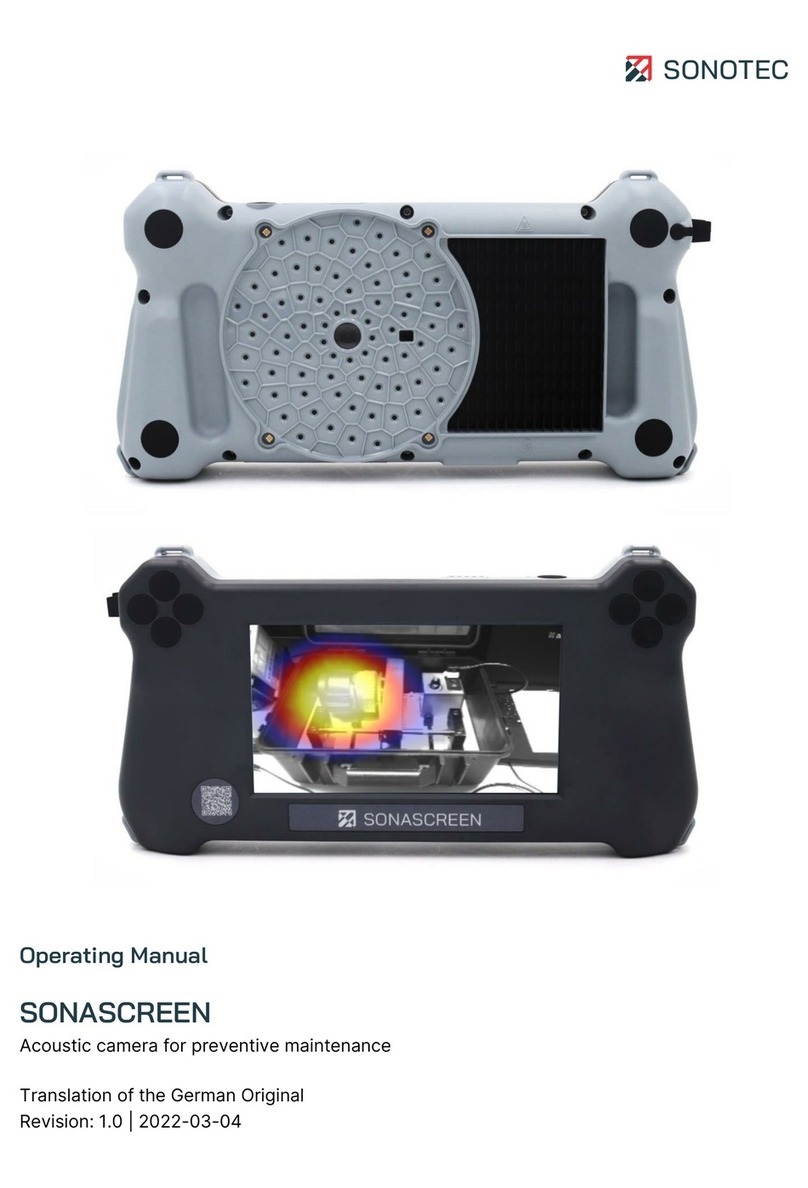
Sonotec
Sonotec SONASCREEN User manual

Sonotec
Sonotec SONO-PR 200 User manual
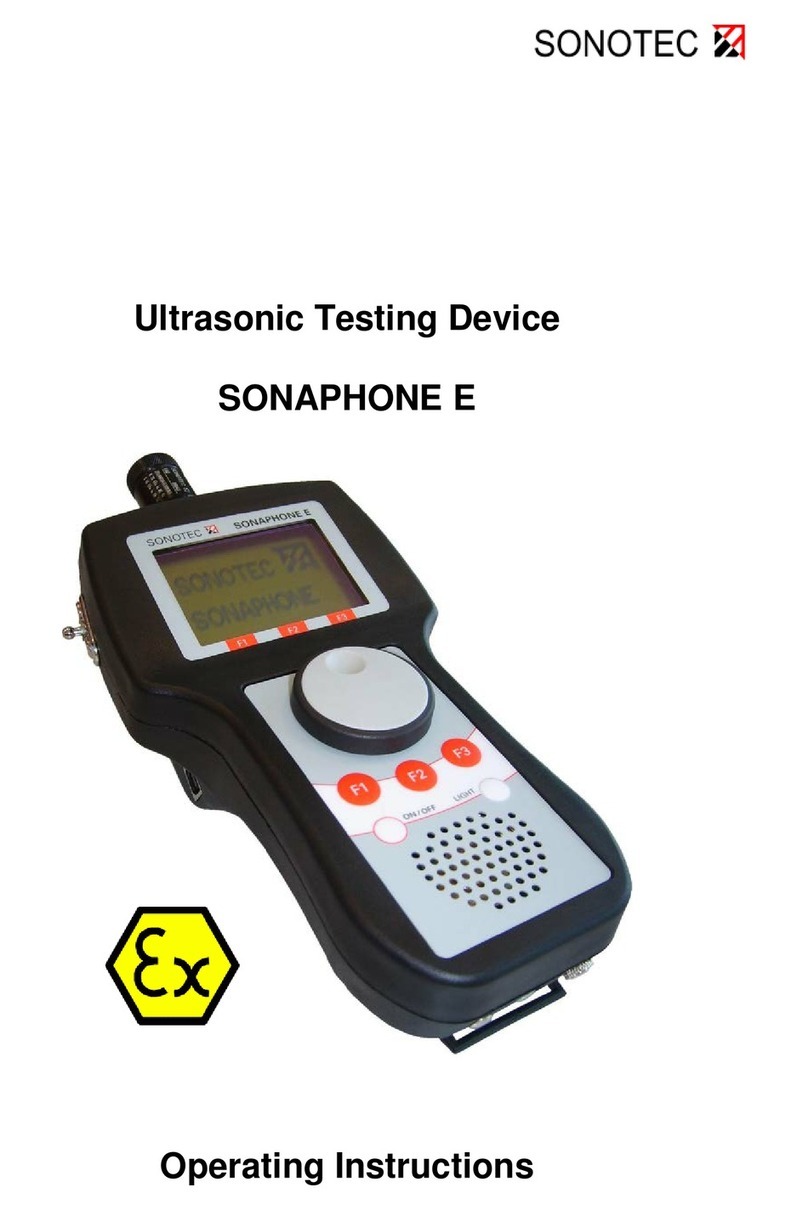
Sonotec
Sonotec SONAPHONE E User manual
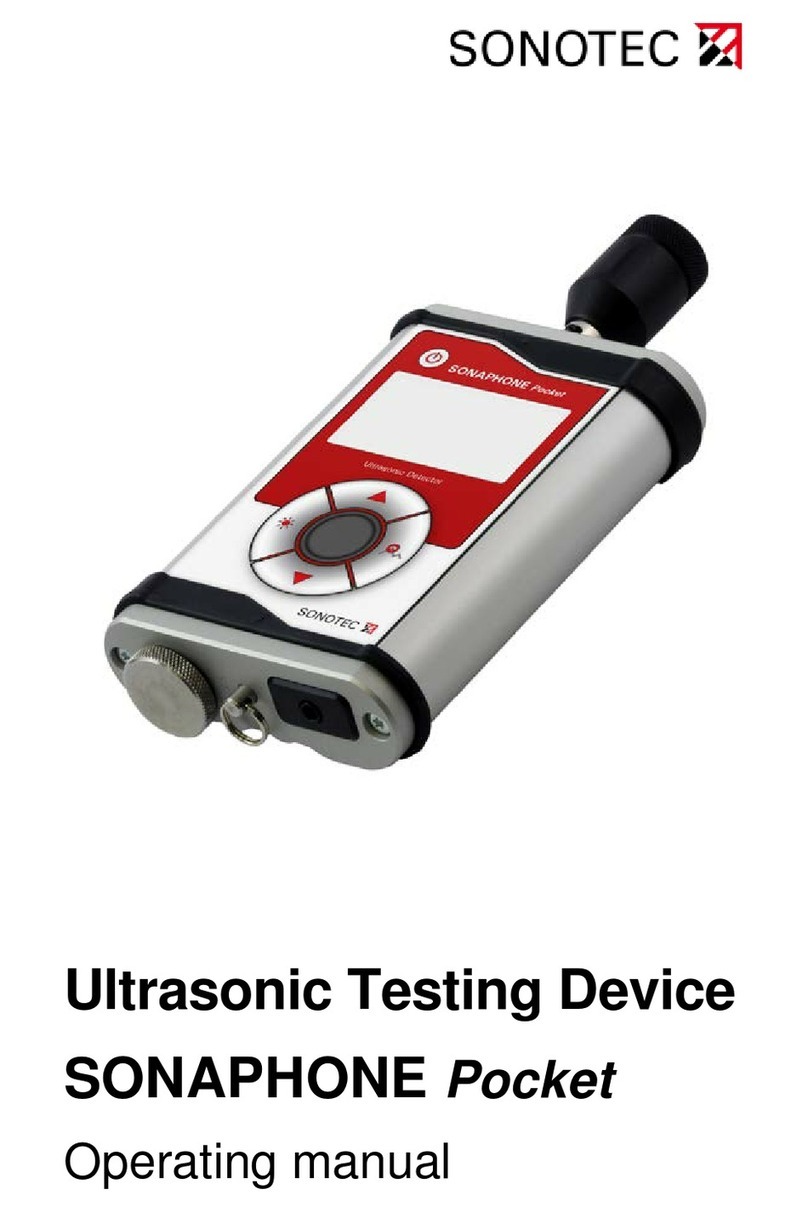
Sonotec
Sonotec Sonaphone Pocket User manual

Sonotec
Sonotec Sonaphone User manual

Sonotec
Sonotec Sonaphone Operator's manual
